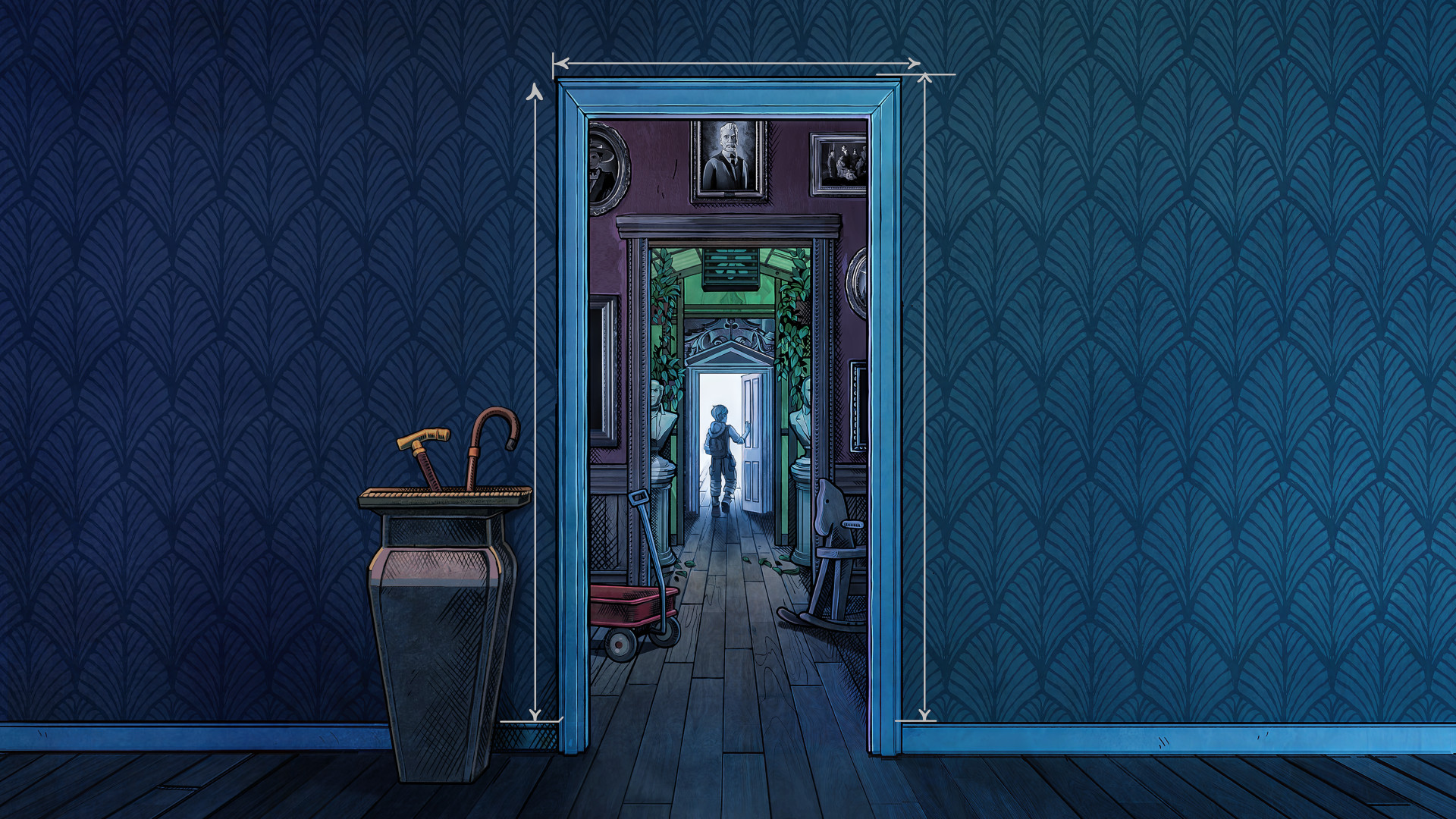The new 2025 Monster Manual continues D&D 4E's redemption arc
It digs up some old ideas from long-forgotten dungeons
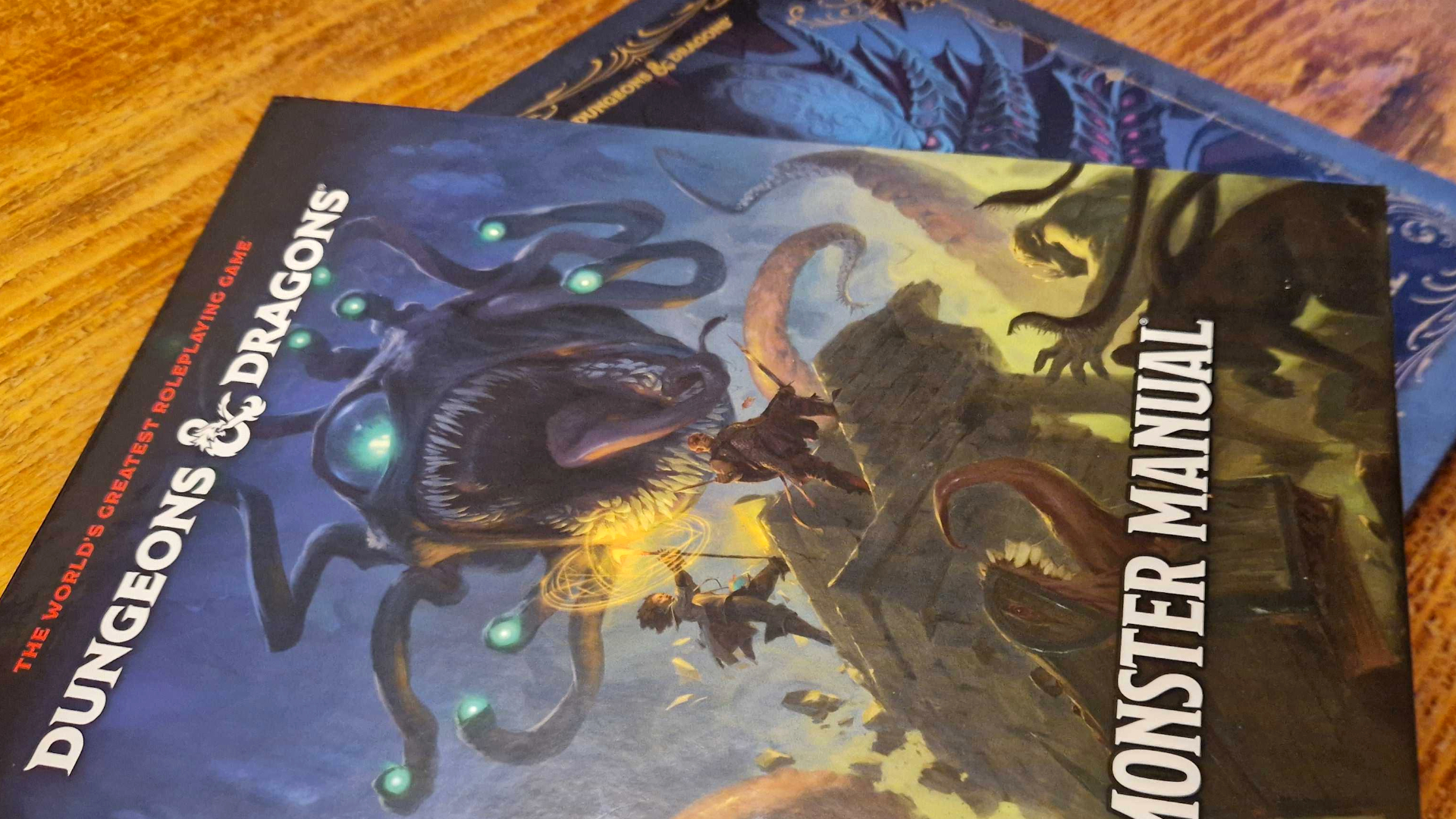
When Wizards of the Coast released the first of its new Dungeons & Dragons core rulebooks last year, the company carefully explained that they were just revisions of 5th Edition and not an entirely new version of the game. It was a clear attempt to avoid the disaster of 4th Edition, which entirely rewrote the game’s core mechanics… rendering everyone’s 3.5 Edition books obsolete. (Unless they wanted to play Pathfinder, which quickly became one of the best tabletop RPGs for some as a result.)
Beyond breaking its own network effect, 4E’s financial failures were due to a broken promise of a virtual tabletop that never manifested and a too aggressive release schedule that left some supplements feeling underbaked. Many players baulked at the new rules, which removed the divide between how casters and non-casters worked by breaking down all of a character’s combat abilities into powers that could be used either at will, once per encounter, or once per day.
Wizards abandoned 4E after just four years, replacing it with the highly accessible 5E, which would take tabletop roleplaying to unprecedented levels of popularity. But some of the ideas were never truly abandoned, like the prominence of Warlocks and Dragonborn. Now the 2025 Monster Manual is harkening back to the best thing about 4E: its monster and encounter design.
Drawing on past work
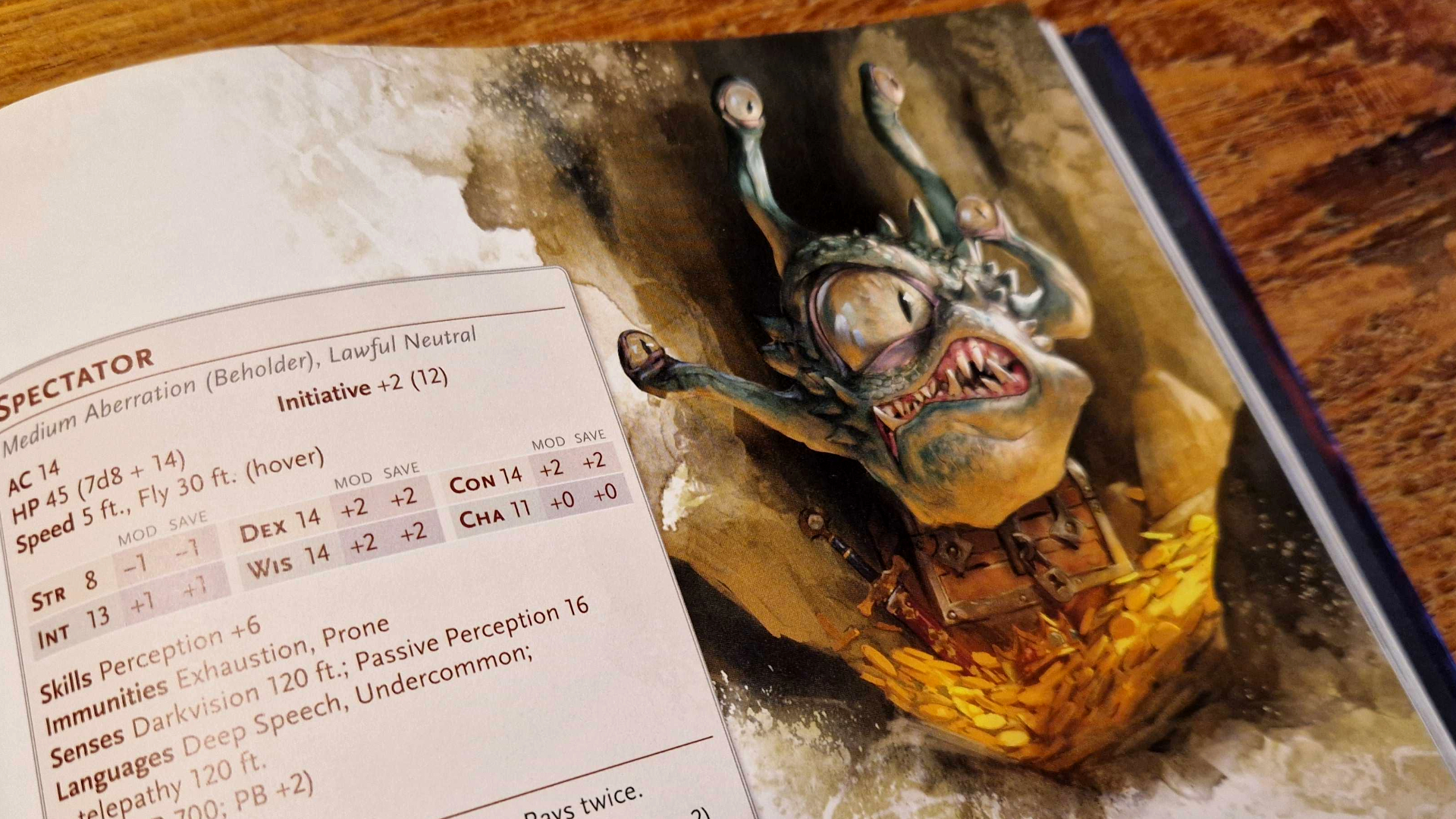
4E provided a quick breakdown of the roles character classes and monsters were meant to play in combat. Some players bristled at being pushed to assemble a party with a tank who could take hits, a leader who could heal, a striker who could dish out damage and a controller who could manipulate the battlefield, saying it made D&D feel too much like World of Warcraft, which had launched four years before 4E. But there was never anything wrong with this characterization, especially on the encounter side where it made it easy for Dungeon Masters to quickly assemble a diverse group of foes.
Jeremy Crawford served as one of the lead designers of both the 2025 Monster Manual and the lead rules designer for 4E, and he acknowledged that he’s drawing back on his past work for his latest book. The new Monster Manual is D&D’s biggest to date, with more than 500 creatures. Beyond revising the rules creatures printed in 2014, the book also gives lots of them more friends.
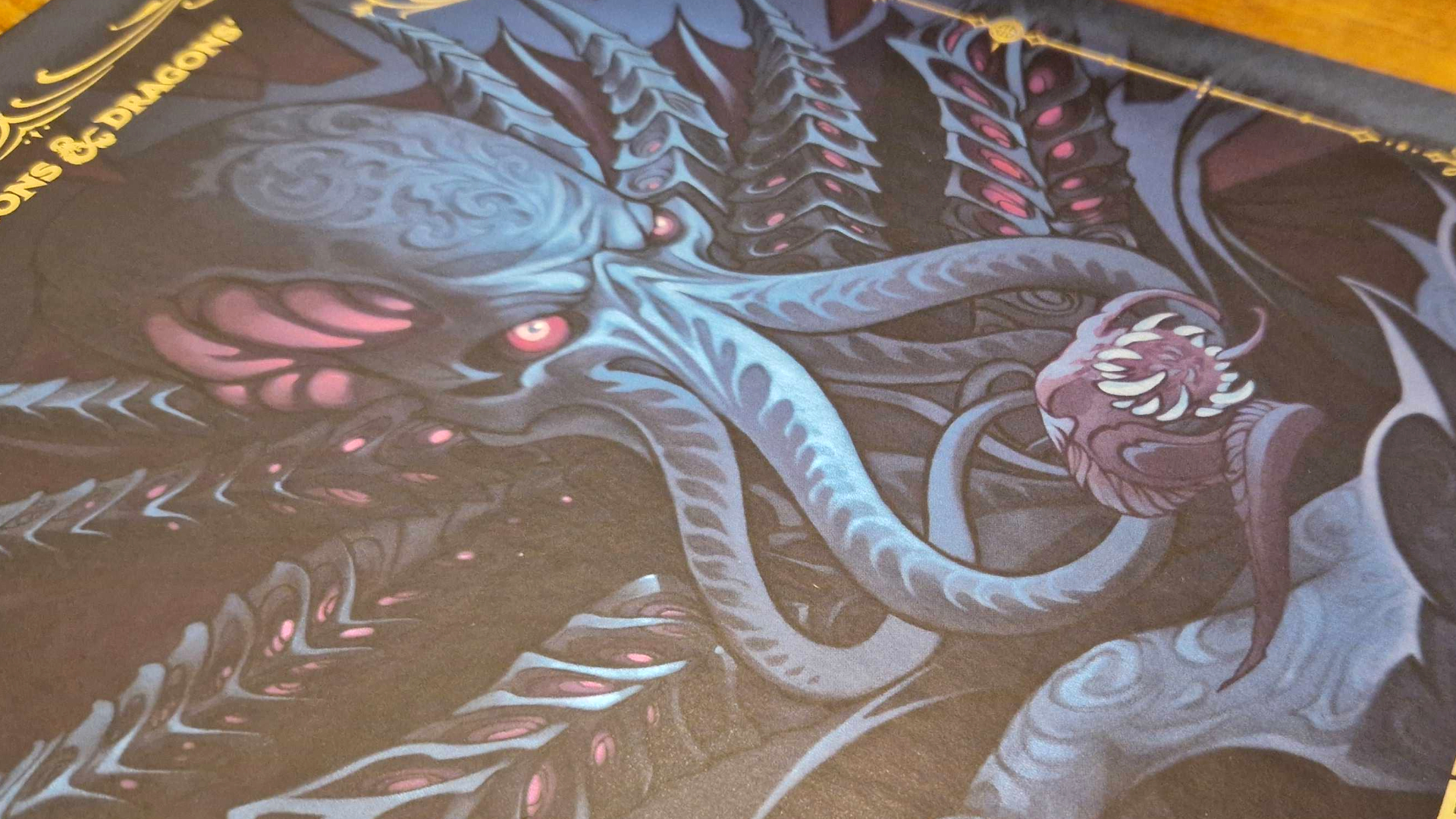
While positively receieved on the whole, opinions have been divided on certain elements of the new Monster Manual. To be precise, the D&D community wrestles over lack of Orc and Drow stat blocks.
Take the Bullywug, the amphibious rulers of swamps. Having a few of the bullywug warriors in the original book accompanied by the suggested trained giant frogs might be a decent encounter, but the new book spices things up by adding a bog sage who can sicken heroes and entangle them with animated plants. In 4E parlance, this encounter would now have both a skirmisher — a melee combatant that can harry the players with its strong mobility thanks to a new leap ability it can do as a bonus action — and a controller who manipulates the battlefield and makes player actions less effective.
This isn’t entirely new. The 2014 Monster Manual also prioritized presenting several variations on monsters that would work together to provide a balanced and challenging encounter, with entries like lizardfolk and drow. But the new book is doubling down on that. The small nonplayer character appendix has been significantly expanded, going beyond basic stat blocks to ready made encounters. A berserker now comes with a berserker commander who is immune to being charmed and frightened and has a nasty frenzied rush. A bandit deceiver provides some spellcasting support for a raid while the bandit crime lord provides an even higher level challenge.
Sign up to the GamesRadar+ Newsletter
Weekly digests, tales from the communities you love, and more
Echoes of the past
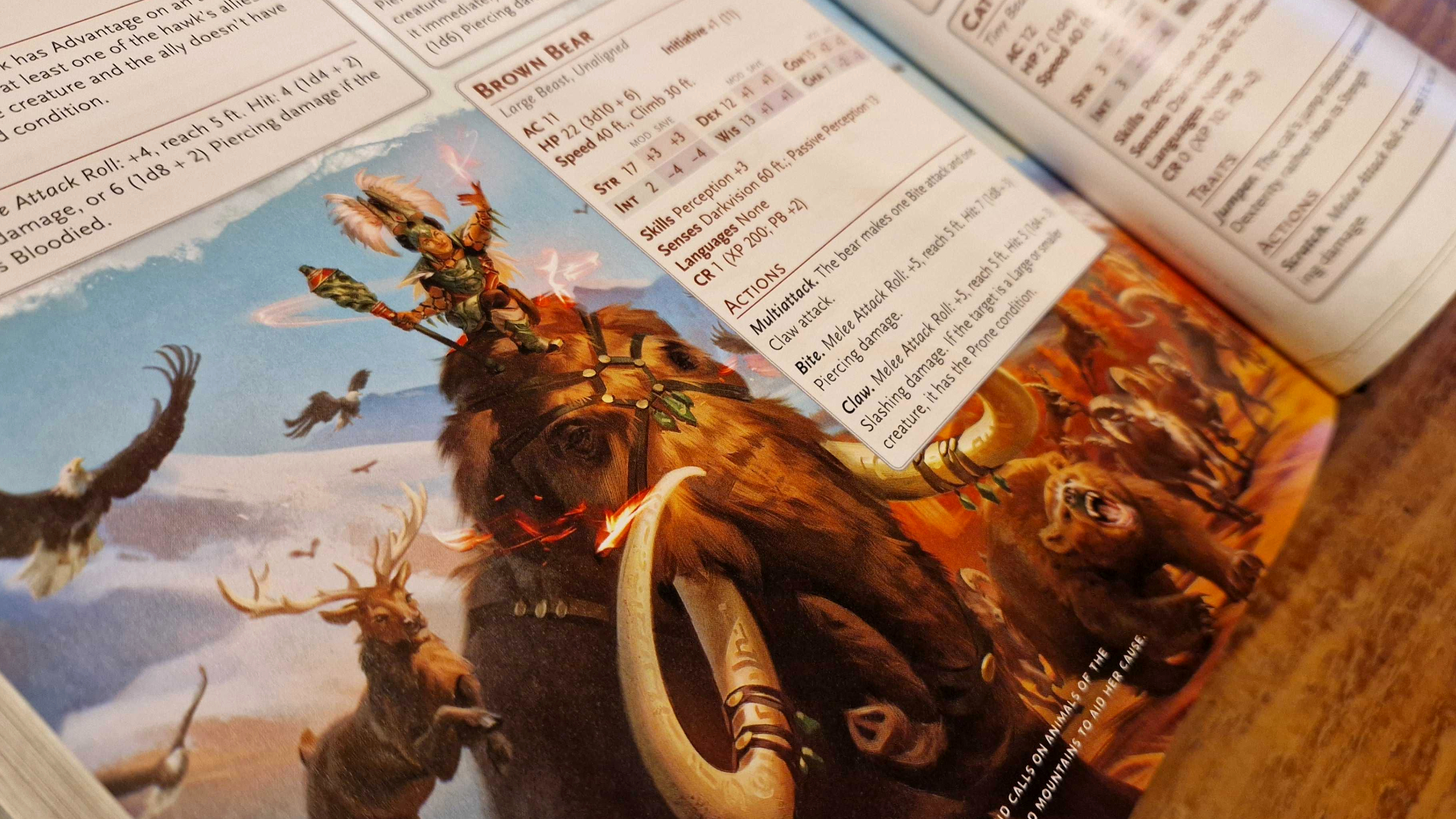
If you like what you see, you might want to check out some of the excellent third-party supplements who have already spent years reaching back to 4E to help Dungeon Masters improve their 5E games. MCDM’s Flee, Mortals! sees Wizards’ three types of hobgoblin and says that’s not nearly enough. It offers up eight variants ranging from minions who release gouts of burning ichor when killed (exploding minions are the best kind) to a death captain who can command their troops to make extra attacks.
MCDM also resurrected 4E’s tendency to have every monster of the same type share an ability that makes fighting a group of them feel different from other encounters. Hobgoblins release ichor, kobolds form up with shields to improve their armour class and gnolls go into a death frenzy when one of their allies are killed. These are the sort of mechanics players quickly need to figure out how to play around and will make them feel like they’ve learned something about their foes should they have to fight the same creatures again.
The Lazy DM’s Forge of Foes also provides a toolkit for building and running monsters that draws heavily on 4E. It uses some of the same roles as 4E, like skirmisher and artillery, as well as 4E’s unique rules for solo monsters and minions.
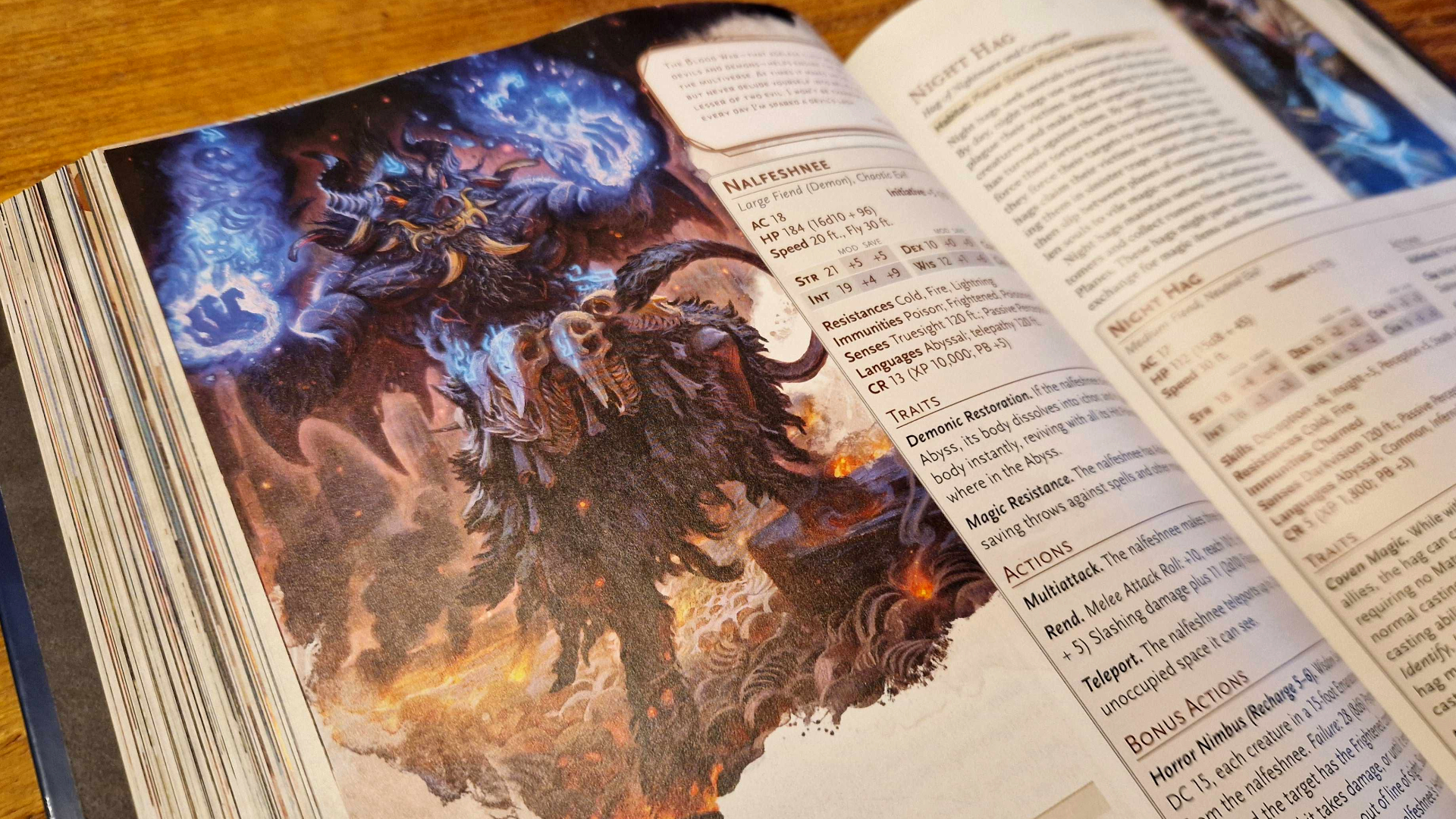
Because it's such a massive book, maybe it shouldn't come as a surprise that big changes have come along with it. Indeed, the D&D Monster Manual 2025 is going to pack a serious punch thanks to a family of monsters descended from gods, and frankly I’m terrified.
In 4E, minions had just one hit point, while solo monsters were given extra abilities and resistances so that they could provide a challenge all by themselves. 5E integrated some of the solo monster rules into the legendary action mechanics, which have also gotten a boost in this edition. Dragons get to use their legendary resistances and actions more often if they’re in their lairs — ensuring they’ll keep pulling out fresh tricks throughout a long encounter and keep shrugging off spells and effects that could take them out of the fight. Minions are still missing, which is a shame because they made it so much easier for DMs to have a lot of annoying bad guys without having to keep track of all of their hit point totals.
EN Publishing’s Level Up: Advanced 5th Edition’s Monstrous Menagerie resurrects another lost 4E mechanic. The bloodied condition gave monsters new abilities that unlocked when they were reduced to half health, making the end of the encounter feel even more dangerous. Level Up: Trial & Treasures draws on 4E’s skill challenges, encounters that were won or lost based on skill checks rather than attack rolls, with exploration challenges where players need to use their skills to avoid hazards from a blizzard to a collapsing roof. It’s a strong incentive for players to care about their skills and provides a place for creative thinking while still having real stakes.
4E was never a true failure as a game. It served as a model for Gloomhaven and the resurgence of dungeon-crawling board games and some of its mechanics, like short rests, continue to live on in 5E. As Wizards of the Coast wraps up the celebration of its 50th anniversary, I’m happy to see it’s no longer treating 4E as an embarrassment. By taking advantage of the best parts of its least-loved edition, it can build a better game for the future.
Not feeling like diving in with the new Monster Manual? You can check out the best board games or the best D&D books via our guides.

Samantha is a freelance writer that specializes in tabletop gaming. Her credits include Dicebreaker, IGN, Polygon, and The A.V. Club.
